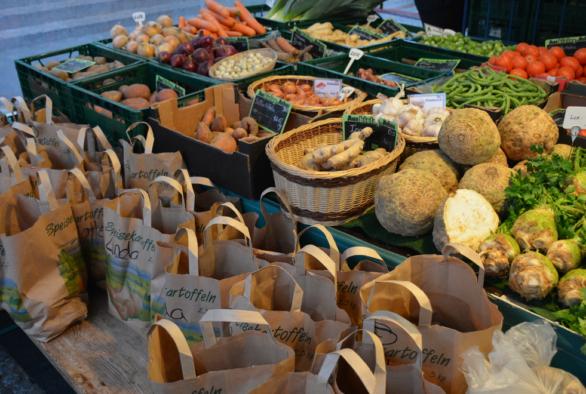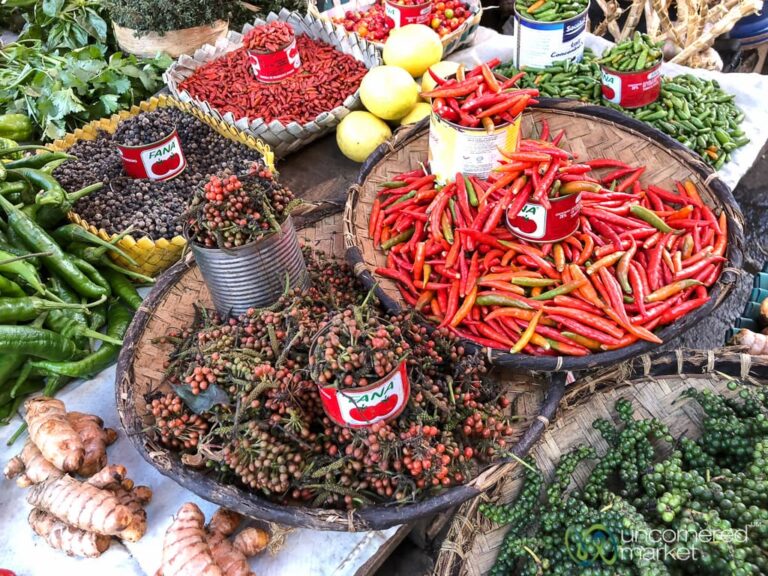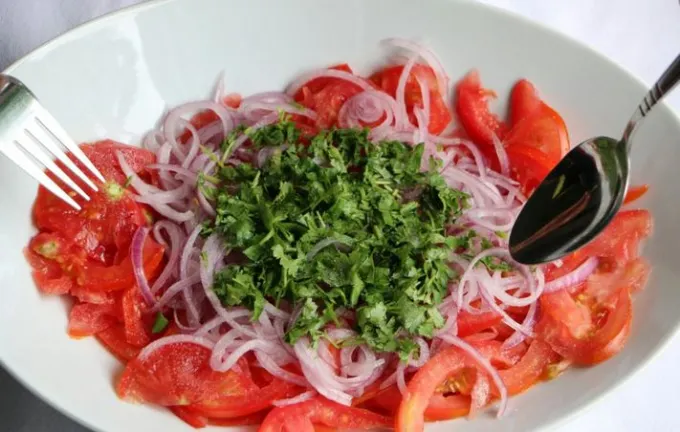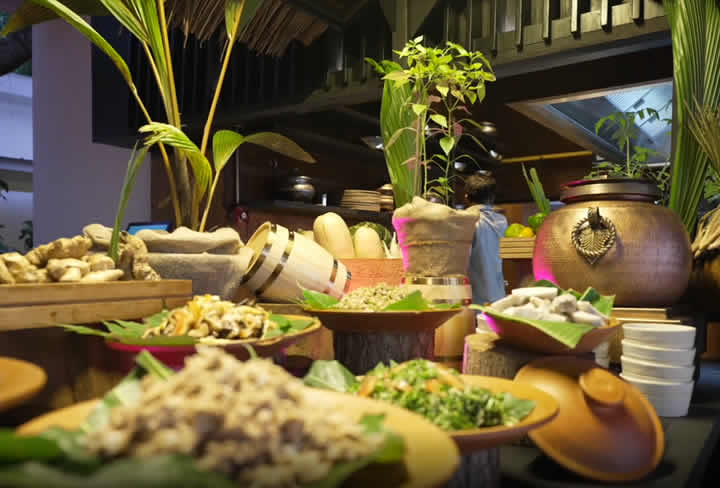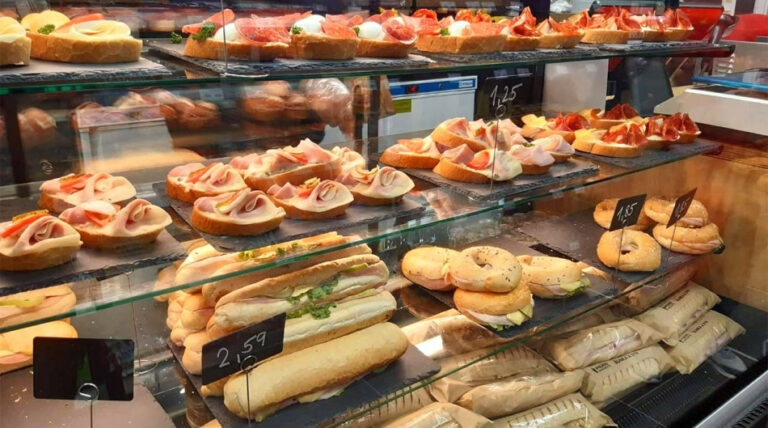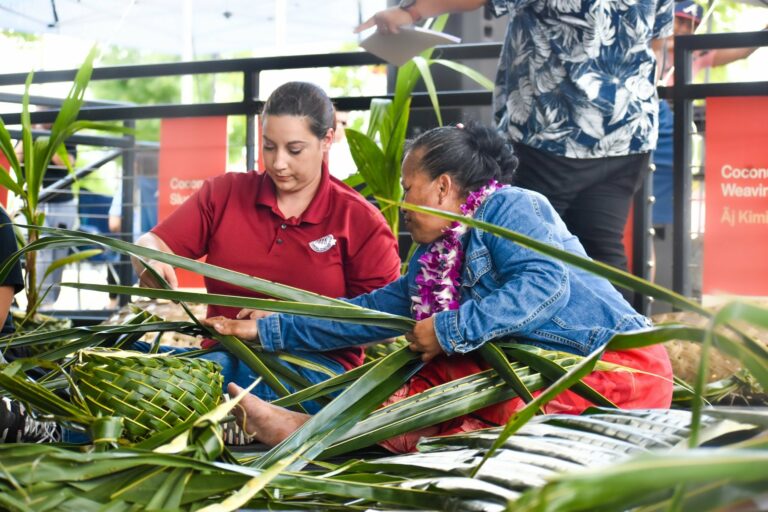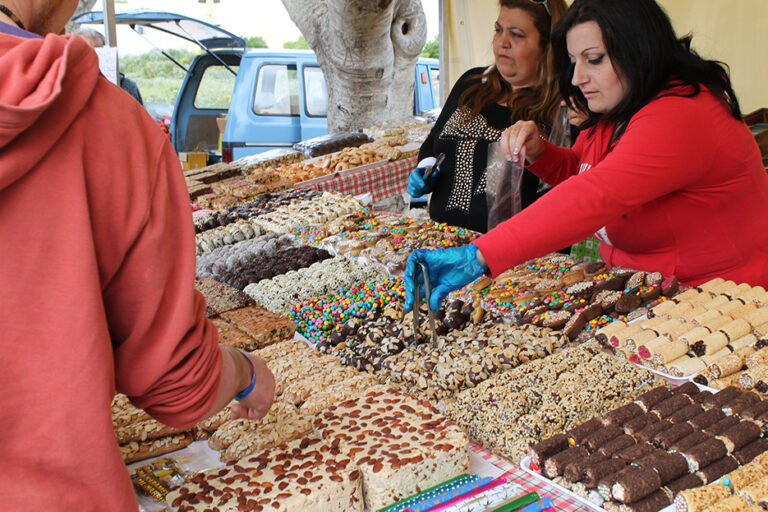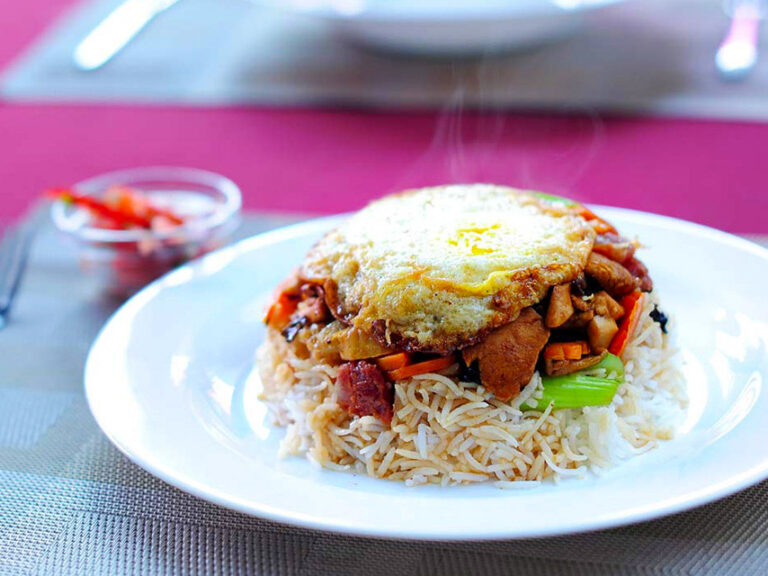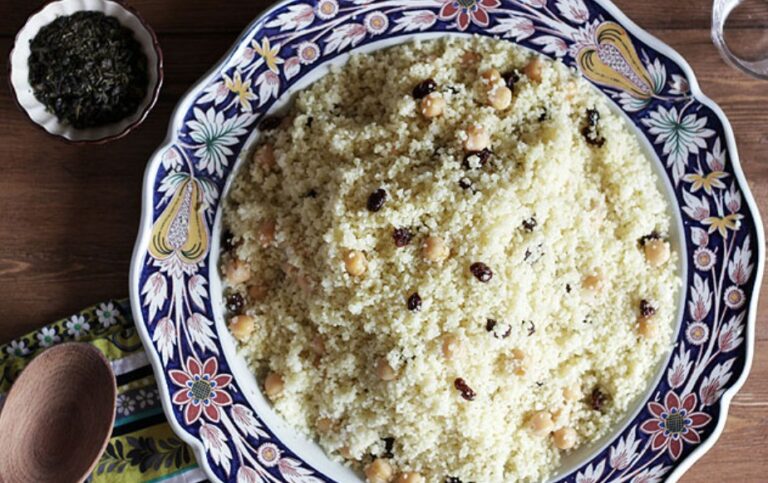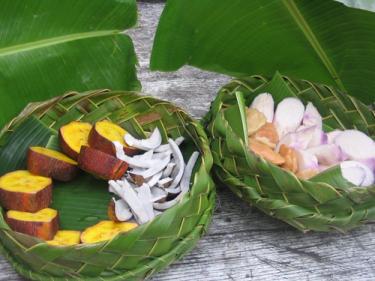Introduction: Exploring the Street Food Scene in Luxembourg
Luxembourg, a small European country nestled between Belgium, France, and Germany, might not be the first place that comes to mind when thinking of street food. However, the country’s rich culinary traditions, combined with its multicultural population, have given rise to a vibrant street food scene that is worth exploring. From savory crepes to spicy Indian curries, Luxembourg’s street food markets and festivals offer a mouth-watering variety of flavors and aromas.
Searching for Street Food Markets in Luxembourg
If you’re looking for a casual and affordable way to sample Luxembourg’s cuisine, street food markets are the way to go. One of the most popular markets is the Marché des Producteurs de Pays, which takes place every Friday in Place Guillaume II in the heart of Luxembourg City. This market showcases locally sourced and produced food and drink, including fresh vegetables, cheeses, bread, and wine. You can also find a variety of street food options, such as grilled sausages, falafel wraps, and artisanal ice cream. Another popular market is the Bio-Oeko-Markt in the Neimënster abbey, which offers organic and vegan street food options.
A Guide to Luxembourg’s Street Food Festivals
If you’re looking for an even more festive street food experience, Luxembourg hosts several food festivals throughout the year. One of the most popular is the Eat It festival, which takes place in the summer and features food trucks, live music, and activities for all ages. The festival showcases a wide range of street food options, from classic burger and fries to exotic vegan dishes. Another popular festival is the Street Food Market, which takes place in the Grund district of Luxembourg City and features local and international street food vendors. The festival also offers live music and entertainment, making it a fun night out for friends and family.
Sample Delightful Street Foods at the Food Markets
One of the best things about street food markets in Luxembourg is the opportunity to sample a variety of foods from different vendors. Some must-try street foods include the traditional Luxembourgish dish of Judd mat Gaardebounen (smoked pork with beans), grilled sausages with mustard, and Gromperekichelcher (potato fritters). If you’re in the mood for something spicy, try the Indian curries or falafel wraps at the markets. For dessert, be sure to try the artisanal ice cream or waffles.
Tips for a Memorable Street Food Experience in Luxembourg
To make the most of your street food experience in Luxembourg, there are a few tips to keep in mind. First, bring cash as most vendors do not accept credit cards. Second, arrive early to avoid the crowds and to ensure that you get your favorite dishes before they sell out. Third, don’t hesitate to ask the vendors about their ingredients or cooking methods if you have any dietary restrictions or preferences. Finally, be prepared to stand and eat as most street food markets do not have seating areas.
Conclusion: Savoring the Best of Luxembourg’s Street Food Scene
Luxembourg may be a small country, but its street food scene is big on flavor and variety. Whether you’re looking for a quick snack or a full meal, street food markets and festivals offer a fun and affordable way to explore Luxembourg’s culinary traditions and multicultural influences. So grab your friends or family, bring your appetite, and discover the delicious world of Luxembourg’s street food.

